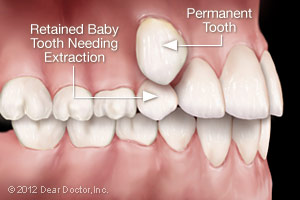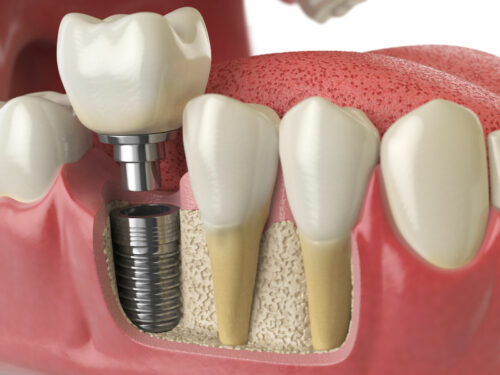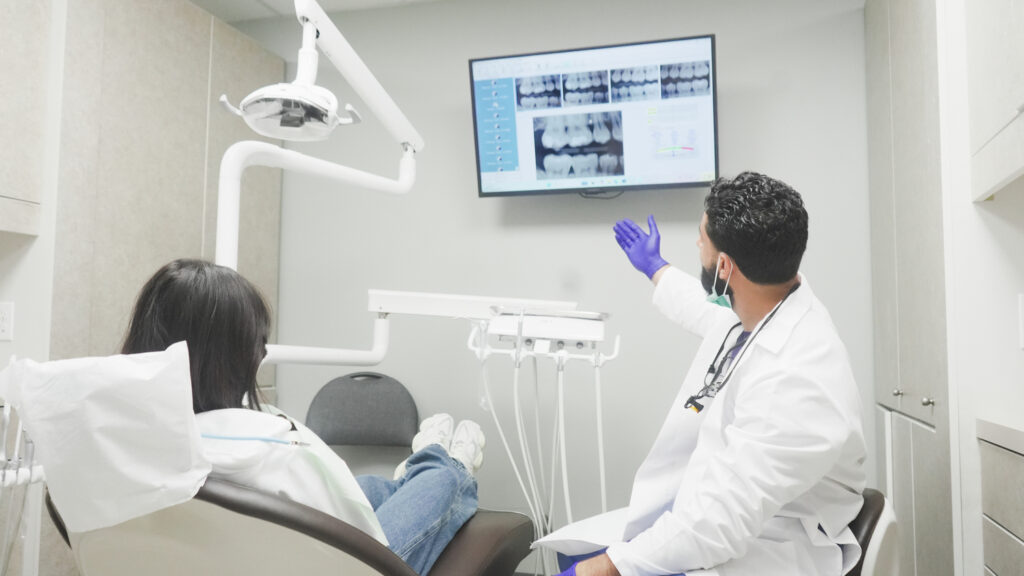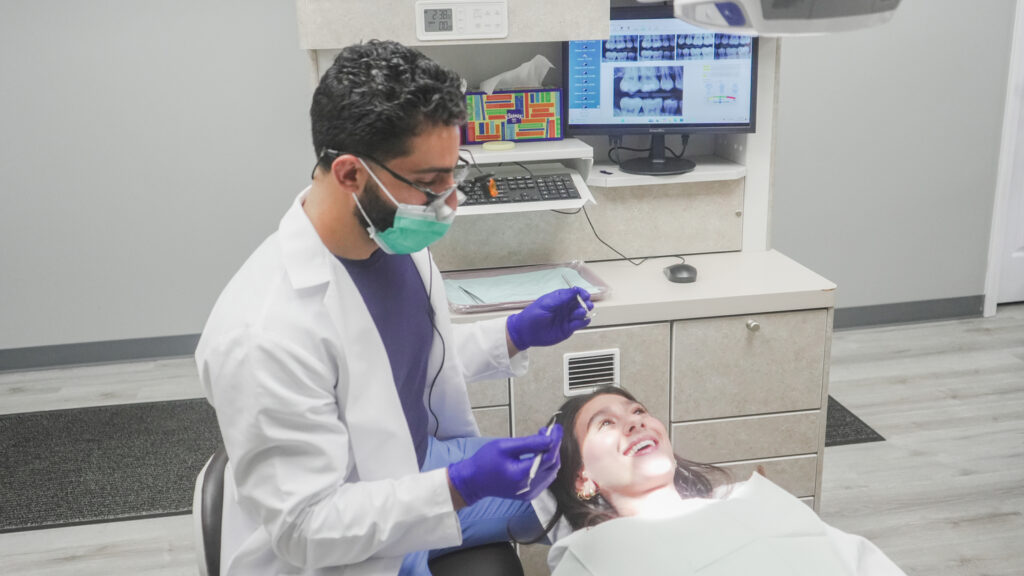Same Day Emergency Dentist Parma, Ohio
Prompt and Reliable Dental Emergency Care at Ridge Road Family Dentistry
At Ridge Road Family Dentistry, we prioritize handling dental emergencies promptly to minimize stress and discomfort for our patients. Unlike many other dental offices, where patients are often prescribed painkillers and asked to book a later appointment, we are equipped to manage same-day dental emergencies efficiently.
Comprehensive Same-Day Emergency Services
Dental emergencies occur more frequently than many realize, and our office is prepared to handle a variety of urgent dental needs on the same day. With two highly experienced dentists and four state-of-the-art treatment rooms, we are equipped to provide:
- Root canal therapy
- Complicated and simple extractions
- Dental fillings
- Denture repairs
- Treatment for dental infections
Our dedicated staff is here to assist with insurance paperwork and review your medical history to ensure a seamless and stress-free visit.
Same-Day Cosmetic Fixes
While not all cosmetic treatments fall under emergencies, we understand that certain situations, such as preparing for an important event or last-minute appearance fixes, can feel urgent. For these occasions, we offer same-day cosmetic solutions, including:
- Tooth bonding
- Temporary crowns
Whether it’s a wedding, public event, or personal milestone, we’re here to help you feel confident in your smile.
Schedule Your Appointment Today
Don’t wait to address a dental emergency. Call us today to learn more about our same-day emergency dental care programs. Emergencies can happen at any time—let us provide you with the tools, treatments, and expertise to handle them effectively. At Ridge Road Family Dentistry, we’re here to help you smile again.
Other Services

Wisdom Teeth Extractions
Wisdom teeth extractions are a common dental procedure, often necessary to address problems as these teeth attempt to emerge through the gums. When wisdom teeth are impacted, they grow at an angle instead of straight through the gum line, leading to various issues. Common problems caused by impacted wisdom teeth include:
- Pain and discomfort
- Uneven tooth eruption
- Partial emergence, leaving the tooth partially covered by gum tissue
If left untreated, impacted wisdom teeth can contribute to infections, damage to neighboring teeth, and other oral health complications. Your dentist can evaluate your situation and determine if extraction is the best course of action to preserve your dental health and alleviate discomfort.
When a wisdom tooth only emerges partially, a flap of skin, called an operculum, may form over the tooth. This can make the tooth hard to clean, and pieces of food may be caught under the skin. This makes it easy for an infection, called pericoronitis, to develop. It will usually go away on its own, but it causes swelling and pain in the area.
Impacted Wisdom Teeth
Impacted teeth and wisdom teeth that can potentially cause problems, like infections, need to be removed. Extractions can range from a single tooth to removing all four wisdom teeth at once. Based on the preference of the doctor and/or the patient, a local anesthetic could be used to numb the areas where the teeth will be extracted. Others will prefer to go under a general anesthetic so that they will be sedated during the procedure.
The Procedure
The gum tissue around the wisdom tooth is cut open to reveal the tooth. The tooth is loosened by gripping it tightly and wiggling it back and forth until it can be lifted out of the gums. Sometimes a tooth may be impacted so tightly that it cannot be simply lifted out of the gums. In cases like this, the tooth will be broken up into pieces first before being removed. Depending on the incision and extraction site, sutures may be needed to close the area. Soluble sutures are the best option, which will dissolve on their own.
After the Surgery
After the surgery, you will need to rest. You need to be driven home by a friend or family member because of the anesthesia. You can expect for the extraction site to bleed for a little while after the surgery. Gauze will be applied at the completion of the surgery, and you will need to change it when it becomes soaked. If bleeding continues for longer than 24 hours, you should call your dentist. Rest when you return home, but do not lie flat. This could prolong the bleeding. Prop your head up on a pillow when lying down. Your dentist will prescribe you pain medication, so if you become sore, take as directed. You can also use an ice pack for the pain. Your dentist might also provide you with a cleaning solution to clean the extraction site.
Dietary Recommendations
You will be limited to soft foods for a few days after your surgery. Some recommended foods are:
- Gelatin
- Pudding
- Yogurt
- Mashed potatoes
- Ice cream
- Thin soups
- Other foods you can eat without chewing
When drinking, make sure you do not use a straw. The sucking motion can loosen your sutures and slow the clotting process. The same goes for smoking. If you have prolonged pain, bleeding, irritation, or don’t feel that the extraction site is healing properly, call your dentist for a follow-up.

Dental Implants
Dental implants are a permanent and appealing solution to replace missing or extracted teeth. They are better than other alternatives like bridges because no additional teeth need to be altered to place the new tooth.The Implant Process
The entire implant process is performed over the course of a few months. The first part of the process is to install the implant itself, where a screw is placed into the jaw bone. An incision is made in the gum so that the implant can be inserted. Multiple implants can be placed at once if necessary. After the implants are placed, the gums are sutured.Healing Process
The implant must be allowed about 3-6 months to heal, and during this time the jaw bone will form around the implant in a process called osseointegration. During this healing time, you can have temporary crowns installed so that you can eat and speak normally and maintain a proper aesthetic appearance for your smile.
Placing the Abutment and Final Restoration
After the implant has healed, it is time to place an abutment on the implant. The abutment serves as the base for your new tooth. Once this is placed, an impression of the abutment is taken and is used to create your permanent restoration. Some offices have an onsite lab to create the crown, but others will have to send it to an outside lab. Once the restoration is completed, you can return to the office to attach the restoration permanently. Your smile will look just like it used to, and after a short period of getting used to the implant, it will feel just like one of your own teeth.


